
Thank you for visiting HOJO website. If you have any enquiry, please feel free to get in touch with us at
▼ Akira Hojo
▼ Hojo Newsletter
▼ HOJO FACEBOOK





HOME>Dark tea>Bing Dao Raw Puerh
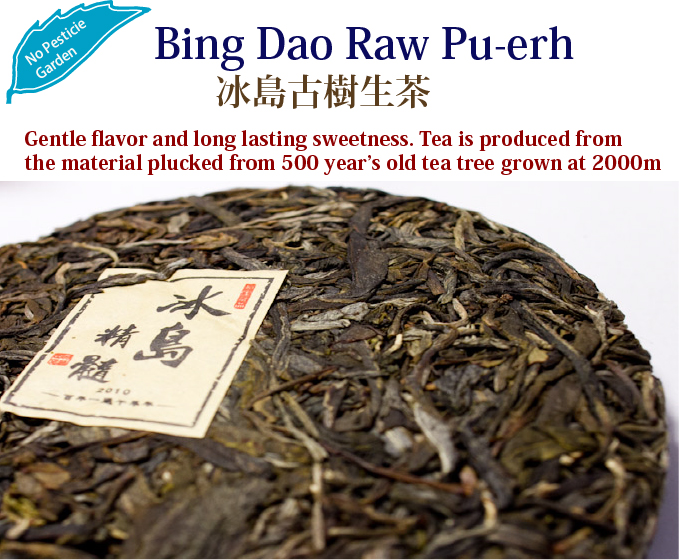
Tea is 2012 crop.
Bing Dao raw pu-erh has very similar character as Lao Hei Zhai raw pu-erh. Both teas are made in Lin Can, from the old tree and at high altitude.The difference is that Lao Hei Zhai raw puerh gives a little more distinctive flavor than Bing Dao. Bing Dao raw puerh gives longer lasting taste, while the flavor is more delicate and transparent. Bing Dao raw pu-erh is very rich in iron and made of the material that quality is very outstanding. However some customer feels this tea is "light". It is because this tea does not give distinctive flavor. This tea could be much more outstanding if it is kept for more than a few year when flavor gets matured and being fruity or like honey.
In Yunnan, Pu-erh tea is produced in 3 major areas: Xishuang Banna (西双版纳), Pu-erh (普洱) and Ling Cang (临沧). Historically, the most famous place for Pu-erh tea is Xishuang Banna. There are a number of famous tea production areas in Xishuang Banna, such as Lao Ban Zhang (老班章), Bu Lang Shan (布朗山)and Yi Wu (易武). Due to its fame, teas from Xishuang Banna are highly priced in commercial tea market.
Conversely, we wish to introduce high quality tea at more affordable price. To achieve this objective, every year we spend more time and effort in Yunnan especially in the South West to West Yunnan. We paid more attention to search for quality tea from less famous manufacturing area. The Lao Hei Zhai is from the village located in Ling Cang City.
The more we stay in Yunnan to learn about tea, the more we understand that good tea exists in both Pu-erh and Ling Cang. In these places, many villages are located at remote area. Due to very limited access, many villages are not exposed to the commercial market. Because of the villages were less famous in the history, there were limited demand in the market and the farmers cannot sell their tea at higher price. Under the circumstances, farmer won’t pluck tea very often but only once a year in early spring. Besides, no pesticide or fertilizer is applied to the tea tree. Tea tree in these villages are kept just like the wild tree. As a result, tea leaves grow very slow and more mineral is accumulated. Because of rich in minerals, tea gives very deep aftertaste. You can tell the difference even if you drink the tea when you are pinching your nose.
On the other hand, tea from famous production area has a higher demand in the market. To earn more income, farmer tends to increase the production quantity. Thus they have to apply fertilizer, trim branches to promote the growth of young branches for more production of tea leaves. This can enable them to pluck a few times throughout a year. Since tea tree has to generate more number of tea leaves, yet the supply of minerals from the root is limited, the taste of tea becomes lighter and less lasting in flavour.
1. Tea is very rich in minerals. Old tea tree has very long roots that grow deep under the ground and larger surface area. Thus it can supply tea leaves with more minerals.
2. Tea trees prefer red soil that is rich in iron content. Many tea production areas have red soil. However, the red soil usually found at the lower layer underground and it is unreachable by young tea tree since the root is still very short. The old tea tree could effectively absorb the iron that exists in red soil and therefore it gives very rich aftertaste and long lasting flavour.
The very appealing thick body and long lasting sweetness of Bing Dao is the gift from the high mountain.
The flavor of Bing Dao Raw Pu-erh is very delicate. It reminds us of white tea, high mountain oolong or Chinese green tea.
It gives very delicate flavor that reminds us of flower or high quality rice. This tea gives deep after taste and it is one of the best tea amount the pu-erh tea made in Lin Cang.
Due to very delicate flavor, some people describe that it is like drinking fine water. For me, this tea reminds me of white tea.

Tea garden and scenary situated near Lin Cang City
 |
 |
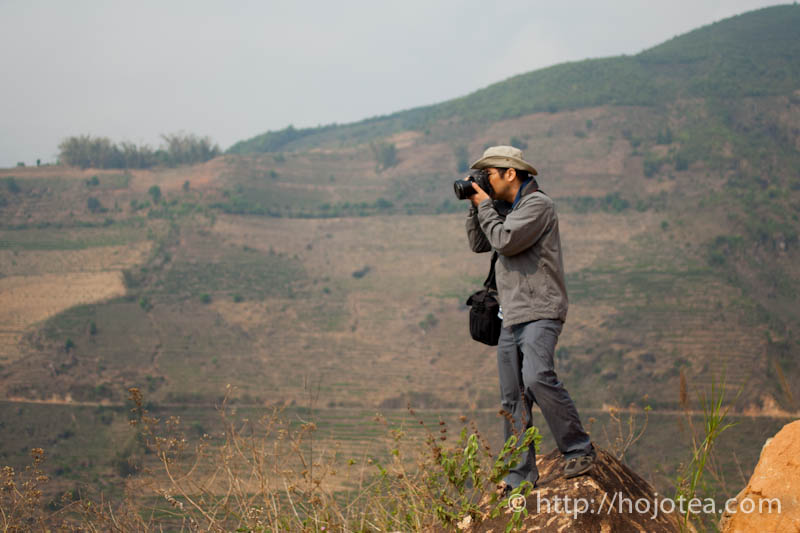 |
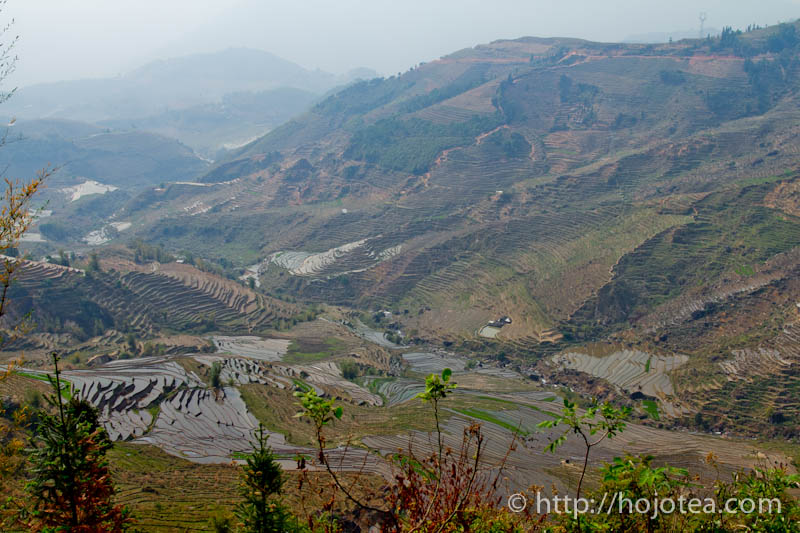 |
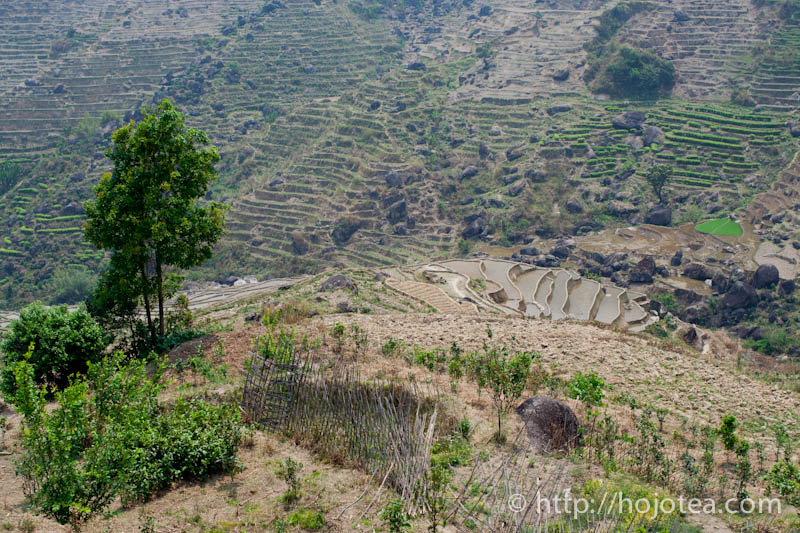 |
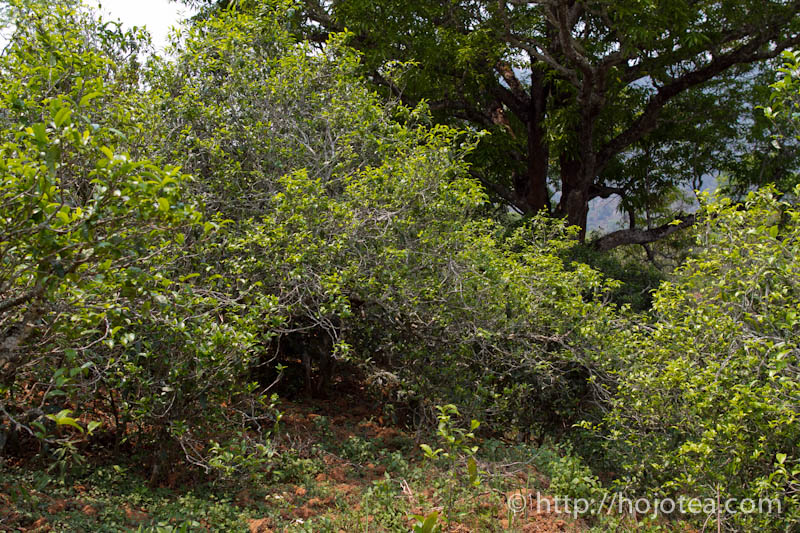 |
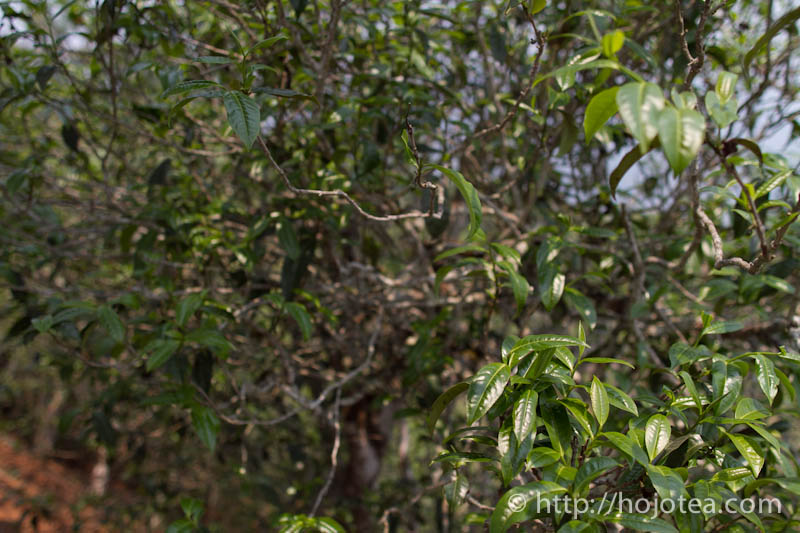 |
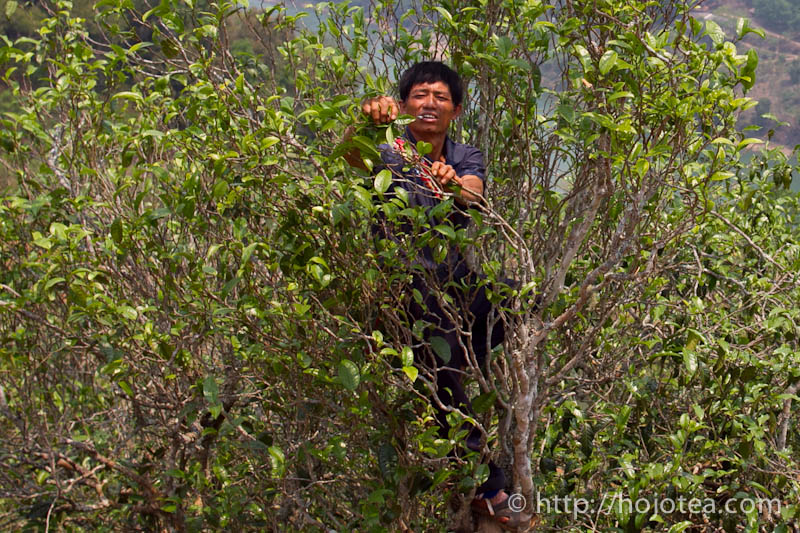 |
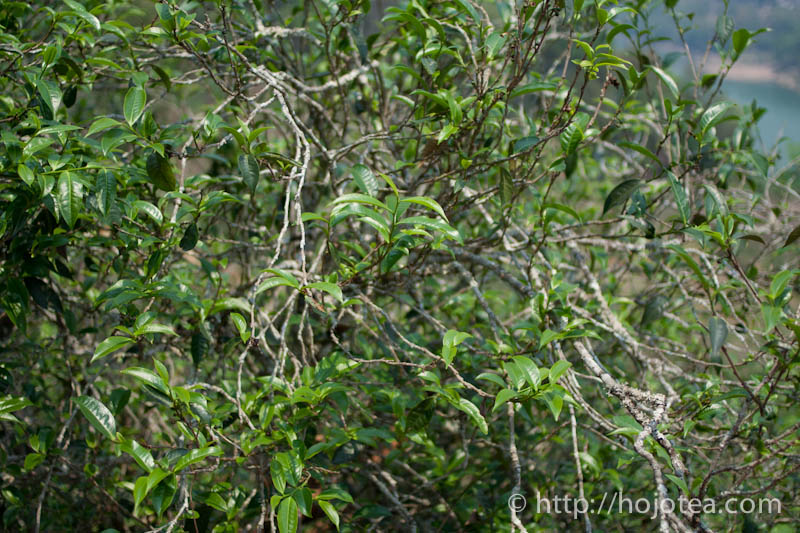 |
 |
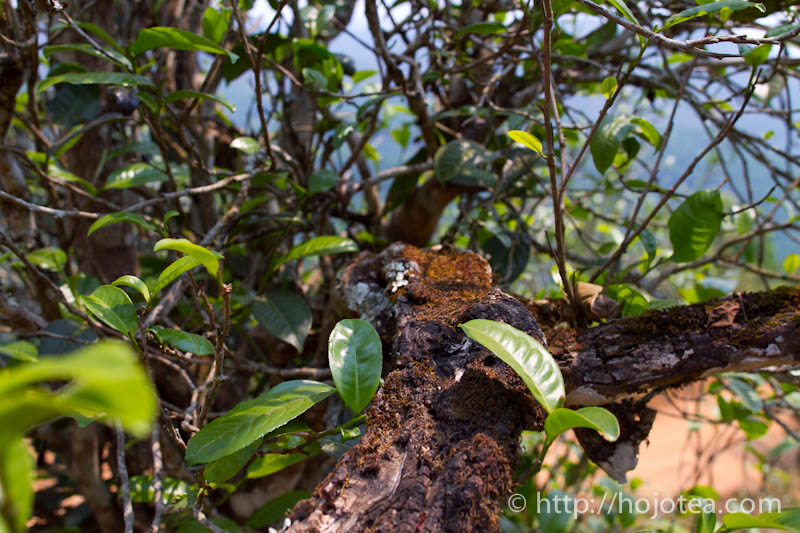 |
 |
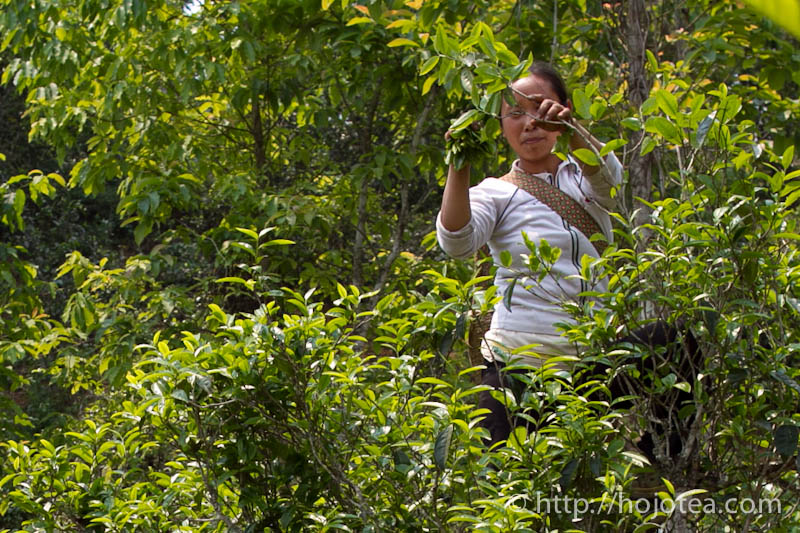 |
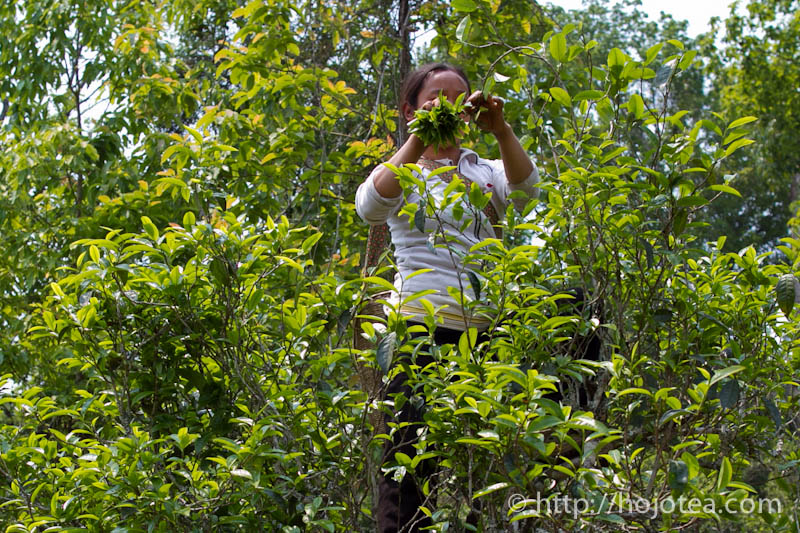
|
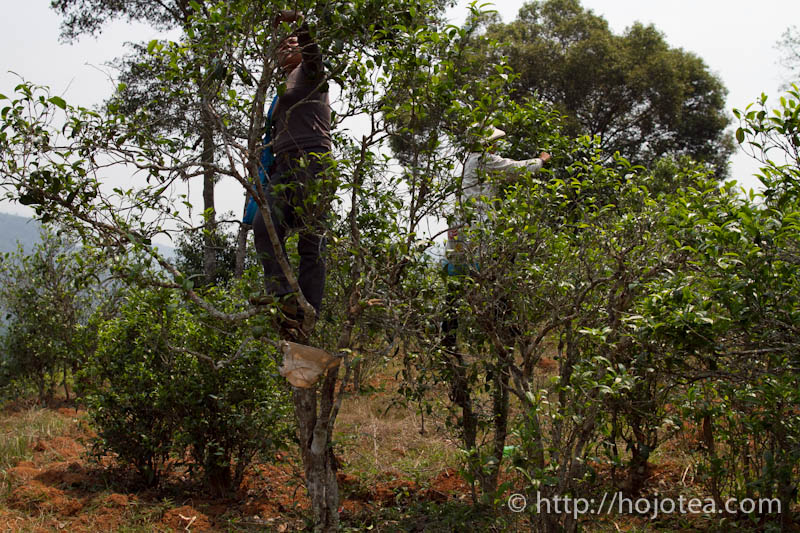 |
 |
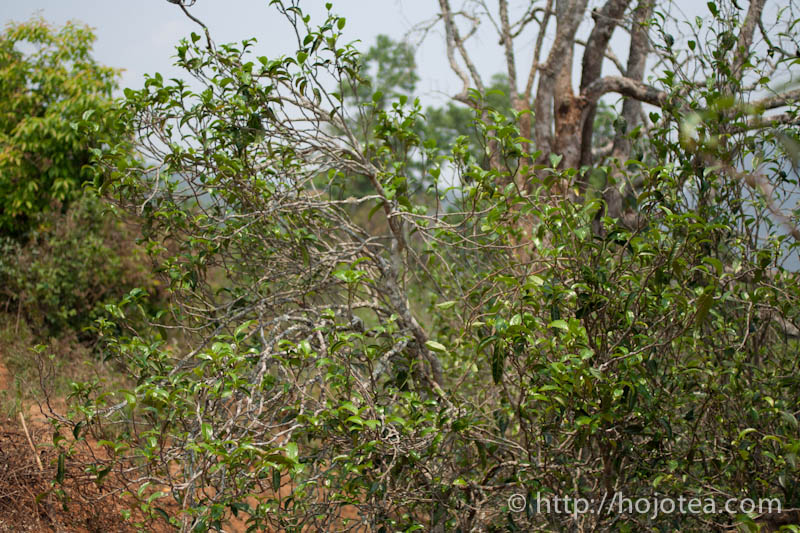 |
 |
 |
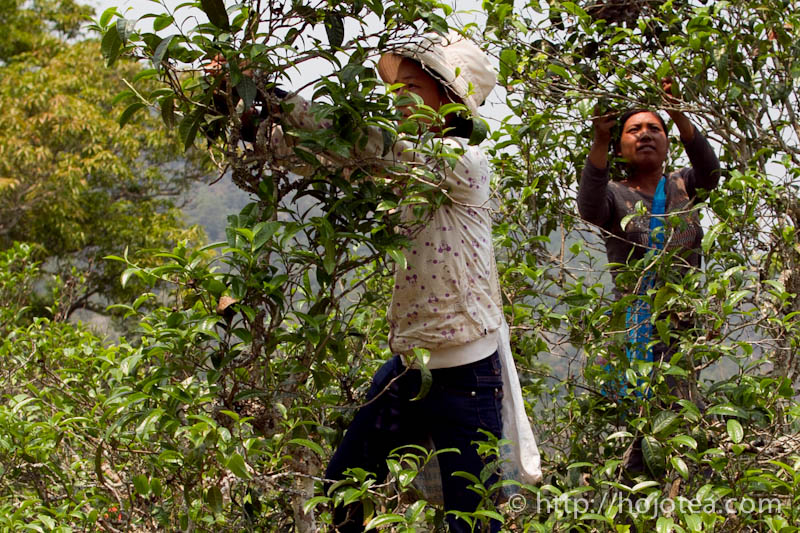 |
By far, many customers associate Pu-erh tea as tea with liquor that is dark brown in color and gives moldy or muddy smell. In fact, tea that has “brown liquor and moldy smell” is just referring to one type of Pu-erh teas, we call it Pu-erh ripe tea. Pu-erh ripe tea is invented back in 1973. It was produced with the microbiological fermentation. Most of Pu-erh teas available in oversea market are this sort of ripe tea. However Pu-erh ripe tea is not the original Pu-erh tea. In Yunnan province, Pu-erh tea means "raw Pu-erh". The ripe Pu-erh is considered as "export tea". Most of tea connoisseurs, me included seek for Pu-erh raw tea. Although both teas shared the same name as "Pu-erh", the Pu-erh raw tea and ripe tea is completely different kind of tea. In fact it is as different as comparing black tea and green tea.
This tea is produced by minorities in Yunnan. They were historically originated from South East Asia. Most of their tea trees existed ever since long ago. Today, these tea trees adapted into the surrounding natural environment and grew just like wild plants. Usually, they go to the mountain to pluck tea leaves whenever they need to make some money for living. The environment of the mountain where these tea trees grow is just like any ordinary mountain area. Needless to say, no fertilizer or pesticide is applied. Thanks to the fact that tea trees were left to grow like wild trees and no chemicals were applied, their natural habitat has a very efficient ecological system. The pests co-exist with their natural enemies. Thanks to no pesticide, these natural enemies of pest can survive in adequate numbers to keep the pest population under control.
Pu-erh raw tea has more than 1000 years of long history and China is the only country that produces Pu-erh tea. It was originated from Yunnan province in southwest China. In Yunnan, the locals drink this tea on a daily basis. In making Pu-erh raw tea, the quality of raw material has a critical impact on the quality of finished tea.
What are the quality criteria of good Pu-erh raw tea? We noticed that many people thought that Pu-erh tea is very special and different from other teas. However, Pu-erh tea is also one type of tea. There is no difference in its character from other types of tea. No exceptional taken just because it is Pu-erh tea.
The quality of Pu-erh consists of 2 elements.
Tea must maintain its fresh flavour. As a matter of fact, most of Pu-erh teas were stored under inappropriate environment where the humidity tends to be very high. As a result, tea loses its fresh flavour, and instead it gives oxidized and sour flavour. Many people misunderstand that this sort of oxidized flavour as the flavour of “aging”. In fact, Pu-erh tea that has undergone proper aging naturally gives a fresh fruity flavour.
If you wish to learn about Pu-erh tea in detail, please click here >>
Go to further information about suitable water for brewing tea >>
Go to further information about suitable water for brewing tea >>
It is important to pour boiling water into the teapot and leave it for about 10 seconds. Without this rinsing process, the temperature of boiling water decrease about 20 degree C when it is pour into the teapot.
Place tea leaves in teapot and pour boiling water again. Leave it for less than a second and discard the water, and immediately pour boiling water one more time and repeat the same procedure. Without this step, the temperature of tea will reduce nearly 30 degree C.
If (4) and (5) is not carried out, your brewing temperature will be 50-60 degree C. This is too low to extract sufficient flavor and taste. Please repeat rinsing process one more time. Please do not soak tea for more than a second.
You can brew up to even 8-10 brewing using the same tea leaves. From 2nd brewing onwards, it is very important to keep brewing time as short as you can. As tea leaf is wet and hot, definitely it is not necessary to brew more than a few seconds.
Note: Please remove the lid while you are waiting for subsequent brewing. If the lid is not removes, tea leaves will be over steamed and get oxidized.
Firstly, warm up the Gaiwan with boiling water, and then place tea leaves up to 60-70% of the capacity of Gaiwan. We use 1g of tea leaves for 10ml of water. So if the capacity of Gaiwan is 100ml, we need about 5g of tea leaves. Please remember to place tea leaves gently and not to compress it into the Gaiwan. Pour boiling water up to the level of tea leaves, and then place the lid and immediately pour out the water from Gaiwan. Repeat this action once more. It means you need to rinse the tea leaves twice with boiling water. This action is to warm up tea leaves and also to open up the leaves. These actions must be carried out swiftly so as not to lose the precious flavor and taste of tea.
For the actual brewing, it does not require long infusion like making other teas. Instead, you have to brew it the "touch and go" style. As soon as you pour the boiling water up to the level of tea leaves, place the lid to Gaiwan and then immediately pour out the tea without letting it soak. It is recommended to accumulate the 1st and 2nd brewing into a pitcher in order to even out the flavor and taste. For each subsequent brewing, you just need to brew less than a second. By brewing this "touch and go" style, you can continue brew up to nearly 20 times.
Note: Please remove the lid while you are waiting for subsequent brewing. Tea leaf will be over steamed and get oxidized if the lid is not removed.
Pu-erh tea can lasts more than 10 - 20 years as long as tea is kept in dry environment. Before tea is kept, it must be tightly sealed. Tea should be kept in ambient temperature and dry conditions such as in the living room and it must not be kept in humid environment like in the kitchen. Avoid enclosed area such as inside the cupboard or drawer as these places are damp. Also avoid opening the bag of tea in humid atmosphere. It is recommended to open the bag during a sunny day or under air-conditioned atmosphere. Once tea leaves absorb moisture, deterioration of tea will be triggered within a few days. Tea will give an astringent taste, and sometime it tastes sour. Its aroma also becomes weaker.
Traditionally, Pu-erh tea is compressed to remove oxygen from the leaves and kept it intact. It was the wisdom of ancient people to keep tea without oxygen and let it matured very well.
From scientific point of view, oxidation does not only refer to receiving oxygen. The oxidation also takes place when it releases hydrogen and receives electron. Even if tea is kept without oxygen, it will still undergo oxidation.
In 1960's, generally Pu-erh tea was compressed tightly and shaped like a bing (flat and thin round cake). It was called “iron bing”. The tea leaf was compressed extremely tight until it became like a piece of stone; we can hardly pry it even if we use the proper tool that designed for prying the Pu-erh cake. This style of compression succeeded the elimination of oxygen from the tea leaves. If you have ever tried this kind of Pu-erh iron bing, you would know that it was very well-matured. It gives flavour like honey with fruity note and gives no earthy flavour at all. The only problem is that it is so difficult to loosen the leaves from the iron bing and the leaves are often damaged during the process.
On the other hand, nowadays most of Pu-erh cakes are loosely compressed. Some of the Pu-erh cakes can be easily break apart by fingers. Obviously there is oxygen remained in between the leaves. If we keep loosely-compressed Pu-erh in ambient environment, tea will expose to not only oxygen but also moisture and develop unwanted oxidation that usually generates earthy flavour. To achieve the same maturation effect like the iron bing, we encourage customer to keep Pu-erh tea without oxygen. With modern technology, we are able to apply the same theory. Some people in Taiwan intentionally keep high mountain oolong in the vacuum bag for a few years. In the beginning, high mountain oolong is green in colour and it gives a delightful fresh flowery flavour. After a few years of maturation, the leaves turn into yellow colour and it gives the flavour like ripen peach or apricot. This is exactly the same effect as what we are looking for in Pu-erh tea. Based on our experience, well-matured Pu-erh tea gives a very fruity flavour and no earthy or mouldy flavour at all.

Please feel free to send us e-mail for enquiry at:

 |
We accept various kinds of credit card through Paypal.
Only if customer prefer other option of payment, we suggest "Bank Transfer".
Various choice of shipping method
EMS, SAL, Small Packet, Small Packet (SAL) Yamato Express and Surface
For shipping tea, we usually suggest small air parcel, the estimated shipping cost of tea in 100g (with wrapping material ) is
Small Parcel
USA JPY 600, EU JPY600 and Asia JPY470
Small Packet (SAL)
USA JPY380, EU JPY380 and Asia JPY320
The shipping fee to oversea by small air parcel happens to be even cheaper than domestic shipping fee in Japan.
For your information, some countries, EU in particular imposes custom duty. We need buyer to bare the duty. We are sorry, but we cannot change the amount on the invoice, and we do not mark any packages as gifts. We will strictly follow the custom regulation.
A GIFT FROM THE MOUNTAIN
since 2006
Copyright (C) 2006-2007 HOJO co.,ltd. All Rights Reserved.